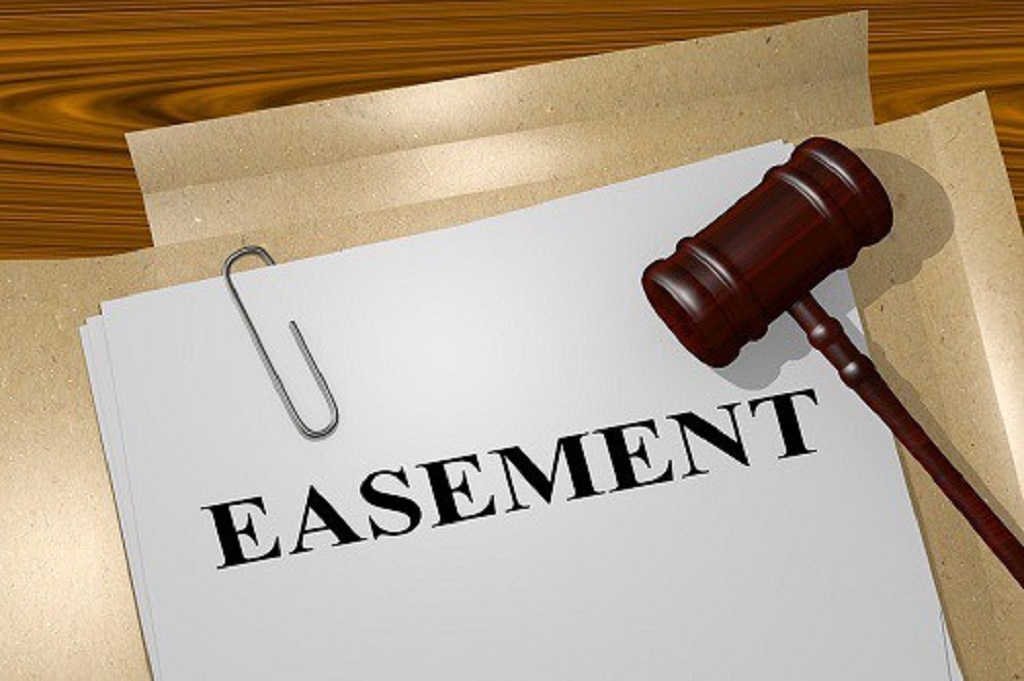
26 Aug What is the Easement Law in the UK?
Imagine this scenario: You’ve just found your dream home, a charming cottage surrounded by lush greenery. There’s only one catch – the only access route to the property passes through your neighbor’s land. How do you secure your right to access your own property without causing a feud? This is where easement law comes into play, ensuring property rights are upheld while fostering peaceful coexistence. In this article, we’ll dive into the intricacies of the easement law in the UK, breaking down what easements are, their types, and how they function. This content is presented by Dightonrock.com.
Understanding Easements: A Brief Overview
An easement, simply put, is a right that one person holds to use another person’s land for a specific purpose. This legal concept aims to strike a balance between individual landownership and communal interests. In the context of English law, easements grant certain rights over someone else’s land for the benefit of a particular property owner. These rights can take various forms, ranging from rights of way to the use of service conduits and communal spaces. Discover how to remove an easement from your property.
Essential Characteristics of Easements
For an arrangement to be legally recognized as an easement, it must adhere to specific characteristics:
- Dominant and Servient Tenements: Easements involve two key parcels of land – the dominant tenement (the land benefiting from the easement) and the servient tenement (the land that provides the easement).
- Accommodation and Benefit: The easement must enhance the enjoyment of the dominant tenement. In other words, it should serve a purpose that directly benefits the property.
- Distinct Owners: The owners of the dominant and servient tenements must be different individuals or entities.
- Grant Potential: The claimed right must be capable of being granted explicitly and legally.
Classification of Easements
Easements in the UK can be categorized into two main types: legal and equitable easements.
- Legal Easements: These are formally created by deeds and registered with the Land Registry. They confer a legally binding interest in the land and are enforceable against all parties.
- Equitable Easements: These are recognized by courts of equity. They may not always meet the formal requirements for a legal easement but are still considered valid under equitable principles.
Creation and Transfer of Easements
The process of creating and transferring easements involves legal intricacies. An easement is typically established by explicit grant, reservation, or by prescription (continuous and open use over a specific period). It’s important to note that easements can be created through deeds and must adhere to the legal requirements for validity.
Ensuring Continuity: Easements and Property Transfers
When a property with an existing easement is transferred or leased, the benefit of the easement can automatically pass with the land. This ensures that the new property owner can continue to exercise the established rights without interruption.
Conclusion
Easement law in the UK serves as a crucial framework for balancing property rights and communal needs. By granting individuals specific rights over another’s land, easements enable harmonious coexistence and prevent conflicts that could arise from restricted access to properties. Whether it’s a right of way or the use of shared amenities, easements play a vital role in shaping property relationships.
Frequently Asked Questions
- Can an easement be revoked by the servient owner?
Easements are legally binding rights, and revocation generally requires mutual agreement or specific legal circumstances.
- How long does it take to establish a prescriptive easement?
The time required varies, but it usually involves a substantial period of continuous and open use, often over several years.
- Can an easement holder transfer their rights to another party?
Yes, easement rights can be transferred or sold to other individuals or entities.
- What happens if an easement becomes unnecessary or unused?
In some cases, easements can be extinguished through a legal process if they are no longer necessary or have not been used for an extended period.
- Can easements apply to both residential and commercial properties?
Yes, easements can be established for various types of properties, both residential and commercial, as long as they meet the legal requirements.



Sorry, the comment form is closed at this time.